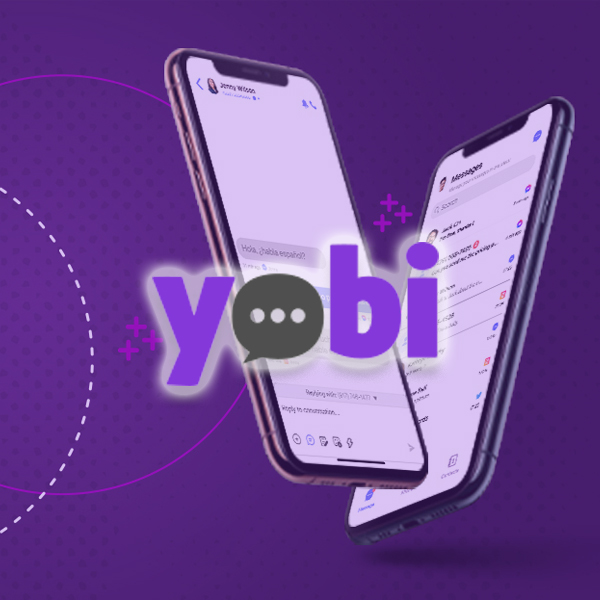At the end of a long workday, it can be difficult to recall what you accomplished; all you can be sure of is that you are feeling drained and disoriented. This is becoming a very common experience for many people. The good news is that you are not alone in trying to figure out how to fix it. Employers are aware that this should be handled. Because on the long run, it may leave employees feeling frustrated and demotivated. One’s self-esteem could even be badly affected as a consequence.
A great way to tackle this issue is by adopting “monotasking.” As the prefix implies it, you will concentrate on one task at a time and will not engage in any other activities until it is completed.
And this is how to go about it. First, make sure you are very clear about what you consider a task. It has to be the least complex series of actions that can stand on its own on a to-do list. Once you have your list ready, you’ll notice that you reduced what used to be “general complex tasks” into their very components “smaller tasks” or subtasks. Another great benefit to this hack is that you’ll systematically order the list in a way that is efficient and time-saving. Second, there is, of course, an estimated time for each task to stick to. You will base your estimation of time on educated guesses and your previous experiences dealing with similar tasks.
The unexpected surprise, however, is that your estimations are so close to the actual time required for each task to be completed. No wonder! You have already broken down the complex tasks into smaller ones. While doing so, you have already boosted your motivation by tricking your mind into thinking that you were just handling easier tasks. Couldn’t be better especially on a hectic Monday!
Monotasking could be enjoyed by individual employees, but may be adopted by businesses as a group.
When the entire team, company, or organization opts for this system, delivery deadlines are more likely to be met. Work-related stress is one thing that is completely absent. Having a direct impact on the overall work environment and, in particular, the meeting environment. Less friction would be noticed, and more positive energy would run through interactions. Who doesn’t want to be in meetings where fewer questions are about “why is it not completed yet?” Nobody!
At the individual level, employees become more immune against burnout. They experience improved communication and end up scoring higher productivity levels as a result. Employees in a hybrid working mode may even find it more helpful. Statistics show that working remotely can be very challenging. When it comes to completing tasks without unnecessary interruptions, most remote employees admit they fail.
But again, thanks to the fragmentation secured by monotasking, employees are empowered. They can have better insights on how to combine work with their social responsibilities. a win-win situation that millions of people look up to, especially since hybrid mode is expected to grow in the coming years.
Now, a legitimate question would be: Is monotasking relevant to every business across all industries? The answer is no. In fact, its relevance depends entirely on the nature of the tasks at any given time. It cannot be used at every stage of all projects and tasks. At times, we decide whether to adopt it or not just based on the individuals’ preferences. At some point, you can come across employees who do really well when multitasking. We can’t make monotasking mandatory for these.
What we were left with after trying it for a while at our company, is that it is very efficient when used for the right tasks.


